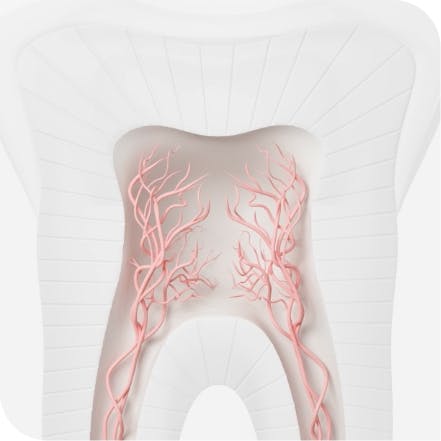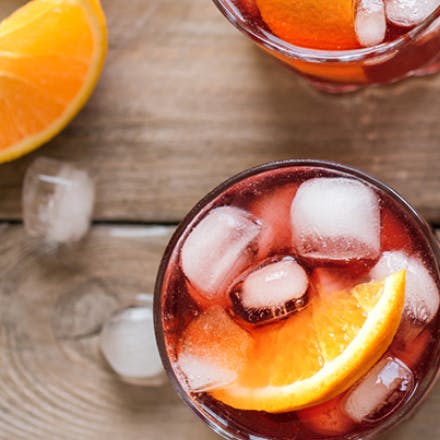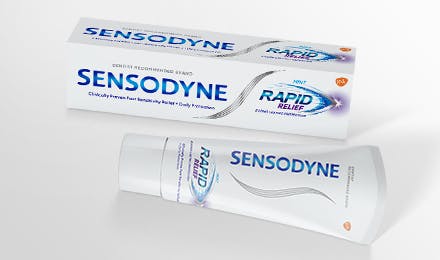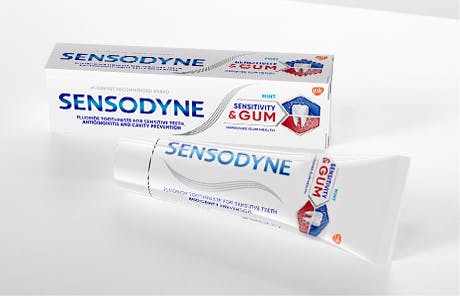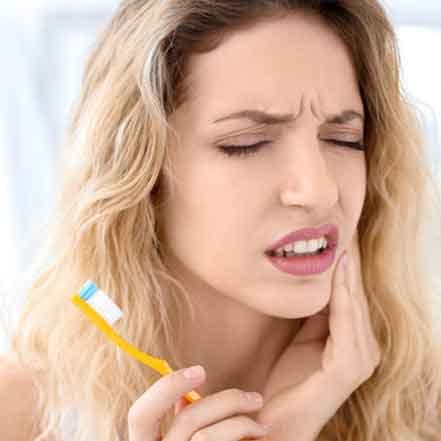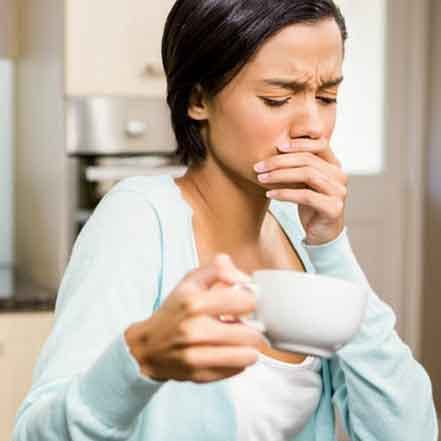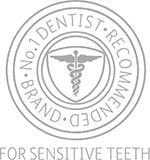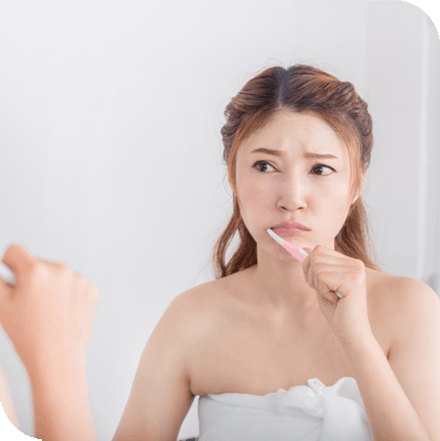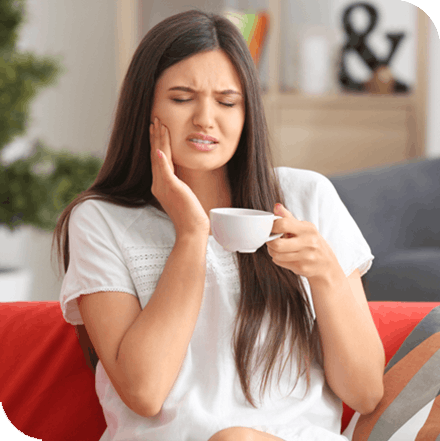Should You Rinse After Brushing?
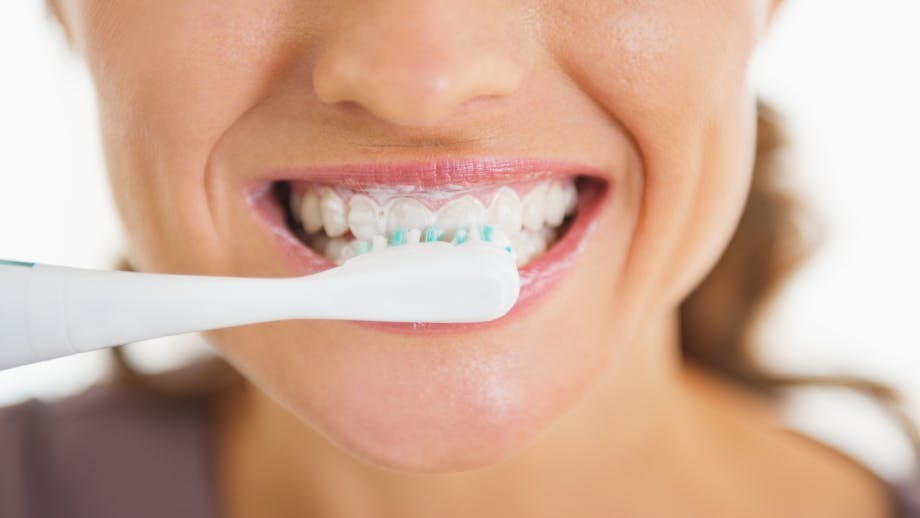
It’s natural to spit out all the foamy toothpaste in your mouth after you brush your teeth. Some people like to rinse their mouths out after spitting out the toothpaste, and others choose to not rinse at all. There are mixed opinions regarding whether you should rinse your mouth out after brushing, but what is the correct thing to do?
A lot of people choose to rinse after brushing their teeth because they don’t want to have any toothpaste left over in their mouths. Toothpaste can stay in and around the mouth for a while after brushing and rinsing out your mouth gets rid of all the leftover toothpaste. Another reason why people rinse their mouths is because that is how they were taught at a young age. As common as it is to rinse your mouth after brushing, it may not be the best thing for your teeth. Read more to find out what you should do after brushing your teeth—and when it’s best to use mouthwash or floss your teeth—according to the Oral Health Foundation. Also, always consult with your dental professional when you have questions about your oral hygiene.
The effects of rinsing after spitting
The active ingredient in most toothpastes is a mineral called fluoride. Fluoride helps prevent tooth decay by remineralizing the enamel and making teeth more resistant to acid attacks.1 Rinsing your mouth can prematurely wash out the fluoride that is working on your teeth. By spitting out toothpaste then not rinsing it out with water, the fluoride in the toothpaste will remain in the mouth and continue to be effective.2 It may be difficult to break the habit of rinsing your mouth after brushing, but it might be good to start trying. Leaving residual toothpaste in your mouth can reduce tooth decay.7
Rinsing with mouthwash immediately after brushing may not be the best for your teeth, even if your mouthwash contains fluoride. Using a mouthwash that contains fluoride can help prevent tooth decay, but using any kind of mouthwash straight after brushing your teeth can wash away the concentrated fluoride in the toothpaste left on your teeth.3
Rinsing after flossing
Do you floss before or after brushing your teeth? If you tend to floss after brushing, you may want to try switching up your routine. Flossing removes plaque buildup and leftover food that a toothbrush can’t reach, so it is important to rinse out your mouth after flossing.4 Rinsing after flossing ensures that everything removed by floss is washed away. If you floss after brushing, you’ll have to rinse away the toothpaste that is left behind on your teeth. Try to remember to floss before brushing so that none of the concentrated fluoride gets washed away.
Changing your brushing habits
If you rinse after brushing your teeth, it may be time to make a change in your dental hygiene routine. The next time you’re brushing your teeth, try not to rinse out your mouth immediately after spitting, even with mouthwash. If you need to use mouthwash, use it at a separate time than brushing to help you get the full benefits of fluoride from your toothpaste.2
When should children start brushing their teeth?
Most children get their first tooth around six months of age. Teeth are susceptible to decay as soon as they break through the gums, so start cleaning your child's teeth with a clean, moist gauze pad or washcloth as soon as they appearr.5,7,8
Children three and under only need to brush with a smear of fluoride toothpaste the size of a grain of rice. Children between three and six require a pea-sized amount of toothpaste. Supervise your child while they brush their teeth or brush for them until they can do it on their own. Children over seven should be able to brush their own teeth, but it's still a good idea to supervise them to ensure they’re brushing correctly. Ensure to minimize your child’s swallowing of fluoridated toothpaste.5,6
Brushing up on good dental hygiene
It’s important to brush your teeth properly every day, so here are some tips from the American Dental Association to freshen up your brushing skills:7
- Brush your teeth twice a day using a soft-bristled brush. Twice a day is enough, so try not to overdo it and brush too many times a day.
- Replace your toothbrush every 3 to 4 months, or after the bristles are damaged.
- Make sure you use a good toothpaste with fluoride in it so you can protect your teeth and keep them strong. Sensodyne Complete Protection is a toothpaste that contains stannous fluoride and helps remove plaque from teeth, keeping them healthy and clean. Sensodyne Complete Protection also provides sensitivity relief and lasting sensitivity protection to make it easier for your teeth to withstand hot or cold temperatures.
- Place your toothbrush at a 45-degree angle to the gums, and gently move the brush back and forth in short strokes.
- Make sure to brush the outer surfaces, the inner surfaces, and the chewing surfaces of your teeth. To clean the inside surfaces of the front teeth, tilt the brush vertically and make several up-and-down strokes.
- Remember to brush for 2 minutes each time to ensure that you’re brushing thoroughly.
- Clean between the teeth once a day with dental floss.
- See your dentist regularly for a check up to make sure that your teeth and gums are looking healthy.
You can also take a look at these 5 oral health tips to follow for more information on proper oral hygiene.
